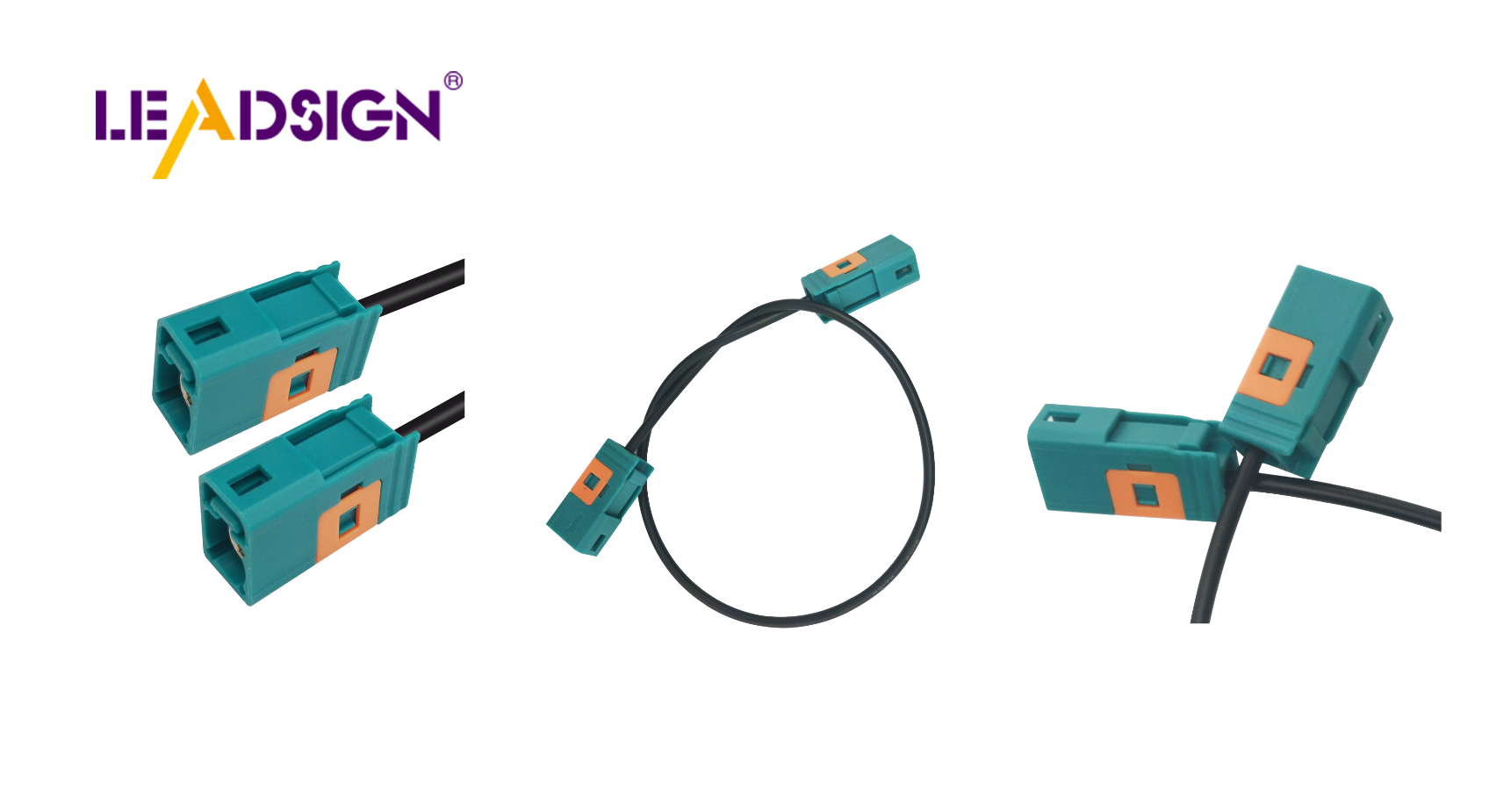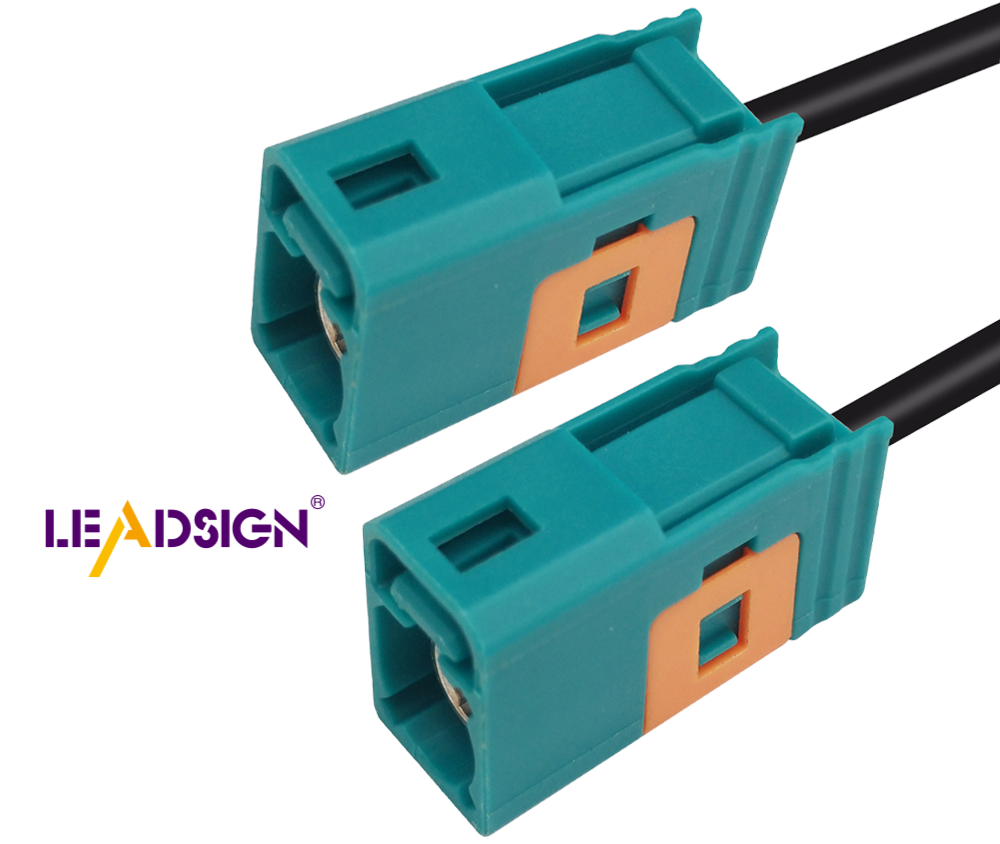How to Identify Automotive Wiring Connector Types

Understanding different automotive wiring connector types is crucial for safety and functionality in vehicles. It can be challenging to distinguish between similar connectors, but each type serves a specific purpose. Selecting the correct connector is essential to avoid issues or potential hazards. Acquiring knowledge about these connectors enhances your ability to effectively repair vehicles. This expertise empowers you to make informed decisions, ensuring optimal performance and safety of your vehicle.
Understanding the Basics of Connectors

Learning about car wiring connectors starts with knowing their parts and types. This helps you pick the right ones for your car.
Anatomy of Connectors
To know connector types, learn how they are made. Each has special features that make it different.
Keyways
Keyways are tiny cuts or grooves on connectors. They help line things up correctly when connecting. By looking at keyways, you can tell similar connectors apart. This stops wrong connections and keeps things safe.
Pin Positions
Pin positions mean how pins are placed in a connector. Each pin does something specific. Counting pins helps find out the connector type. Correct pin counting is important to choose the right one for your car.
Pitch
Pitch is how far apart two pins are from each other. It’s important for finding out which connectors fit together, especially in cars. Knowing pitch helps match connectors to sockets securely.
Common Connector Types
Knowing common car wiring connector types makes picking them faster and easier. Here are two popular kinds:
FAKRA Connectors
FAKRA Connectors are used a lot in cars for high-frequency jobs like GPS and radio antennas, and RF Bluetooth tasks. They have systems to stop misuse and locks for safety during assembly. FAKRA connectors last long and work well for many car needs.
JST Connectors
JST Connectors are also common in car wiring due to their small size and flexibility. They’re used in wire-to-board and board-to-board links, fitting tight spaces in cars well. Knowing JST's pitch and pin spots helps identify them correctly.
By learning these basics, you get better at picking the right car wiring connector types, ensuring your vehicle works safely and well.
Ways to Spot Connectors
Spotting car wiring connectors needs a sharp eye and some tricks. By checking key parts, you can tell connectors apart and use them right in your car.
Looking at Keyways
Keyways are important for spotting car wiring connectors. They are tiny cuts that help fit connectors the right way.
Noticing Keyway Differences
Look closely at keyway differences. Each connector has its own keyway style. By checking these styles, you can tell similar connectors apart. This stops wrong connections and keeps things safe.
Matching Keyways with Sensors
Match keyways with sensors carefully. When connecting a sensor, make sure the keyways line up just right. This makes sure the connection is safe and works well.
Counting Pins
Counting pins helps spot car wiring connectors. Each pin does something special, so knowing how many there are helps pick the right one.
How to Count Pins
Start counting pins from the bottom row up. Then count from the next row left or right. This way is easy and helps find out connector type fast.
Why Pin Count Matters
Pin count matters because it shows if a connector fits your car's system. The right pin count means the connector fits well and works as it should.
Checking Connector Location
Where connectors are in a car gives clues for spotting them. Knowing where they are makes finding car wiring connectors easier.
Finding Connectors in Cars
Learn where common connectors are in cars. Look under dashboards, near engines, or in trunks. These spots often have different car wiring connectors.
Using Location to Spot Connectors
Once you find a connector, use its spot to help know what it is. Different types of connectors go in certain parts of a car. By knowing these patterns, you can choose which connector to use smartly.
By learning these ways, you're better at spotting car wiring connectors correctly. This knowledge keeps your car running safely and smoothly.
Using the Internet for Help
Today, the internet is very helpful for finding out about car wiring connectors. You can find lots of information online that makes it easier to know what each connector is.
Checking Maker Information
To know car wiring connectors well, look at maker details. This gives you specific info about connectors so you can choose wisely.
Looking at Maker Websites
Maker websites have lots of info. You can see details, pictures, and descriptions of different connectors. For example, Automotive Connectors and Factory Automation Connectors often have special sections on their sites. These parts show how different connectors are made and used. By visiting these sites, you get a lot of data that helps tell similar connectors apart.
Using Online Lists
Online lists are also helpful. They gather info from many makers in one place to help find connectors. You can sort results by things like pin count or color. This makes it easy to find the right connector type fast. Using these lists helps you figure out car wiring connectors better.
Looking at Pin Count and Other Features
When finding car wiring connectors, think about pin count, color, and gender. These give important clues to help identify them.
Sorting by Pin Count
Pin count is key for knowing connectors. Each pin does a special job; counting them helps pick the right one. Start by counting pins on your connector and use this online to sort results. This way finds matches for your car's needs.
Thinking About Color and Gender
Color and gender matter too when identifying connectors. Many come in certain colors showing their job or fit with others. Also, they have male or female ends which affect how they connect together. By thinking about these traits, you narrow down choices to find the right connector type.
By using online resources well, you get better at identifying car wiring connector types. This knowledge lets you make smart choices so your vehicle runs safely and well.
You learned to spot car wiring connectors by looking at keyways, counting pins, and checking where they are. These skills help you pick the right connectors for your car. This keeps it safe and working well.
Think of connectors as friendly and helpful. Be confident when figuring them out. Face each challenge with a positive attitude.
If you have trouble, use online help and maker info. Use what you know in real life. This makes you better at fixing cars and keeping them in good shape.
See Also
Exploring the Fundamentals of HSD Connectors in Automotive
Navigating Ford's Fakra Connector System
The Significance of Modern Vehicle Fakra Connectors

